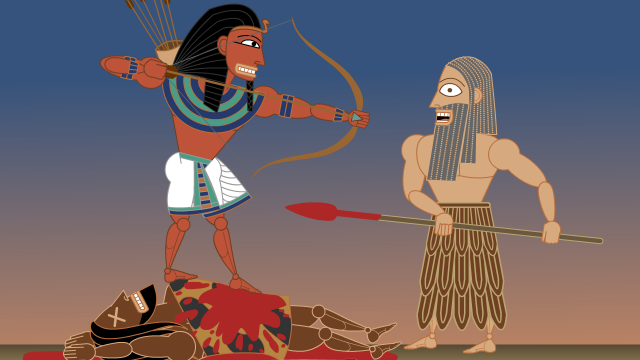Guess what I found at my parents’ house in Urbana? A VHS tape called “NINA PALEY DEMO REEL 1998.” It contained my very first animation as an adult (my very very first was when I was about 13, but I’ve lost those Super-8 reels). I didn’t go to school, I just taught myself from books and asking friends. It helped that I was dating an animator; he owned an animation table, which I’d never seen before let alone used, and it was on that that I made this:
Straight out of Nina’s Adventures, right? Audio is from Leonard Bernstein’s “Candide.”
The first stop-motion clay animation I made, Luv Is…, is Not Safe For Work and is embarrassingly neurotic, but the same characters appear in this, my second stop-motion clay animation:
I Heart My Cat was shot on a 16mm Krasnogorsk camera with a light leak, and you can see the adorable Desi at the very end. Nik Phelps made the fantastic score, one of my favorite scores ever.
For “Cancer” I drew, scratched and painted this directly on an old 35mm porn film. My boyfriend-at-the-time’s sister had just been diagnosed with breast cancer. Music is the Del Rubio Triplets singing the Rolling Stones’ “Satisfaction.”
These all have copyright notices on them, because I believed in copyright back then. But I hereby release them, consider them CC-BY-SA but better still ignore all licenses no matter what they are and do whatever you want. Thanks to Ken Levis for digitizing the VHS tape. You kids today should be grateful you have all these digital formats instead of VHS! It was awful to work with, and as you can see the quality was crap too. Hooray for technological progress! Power to the people!



